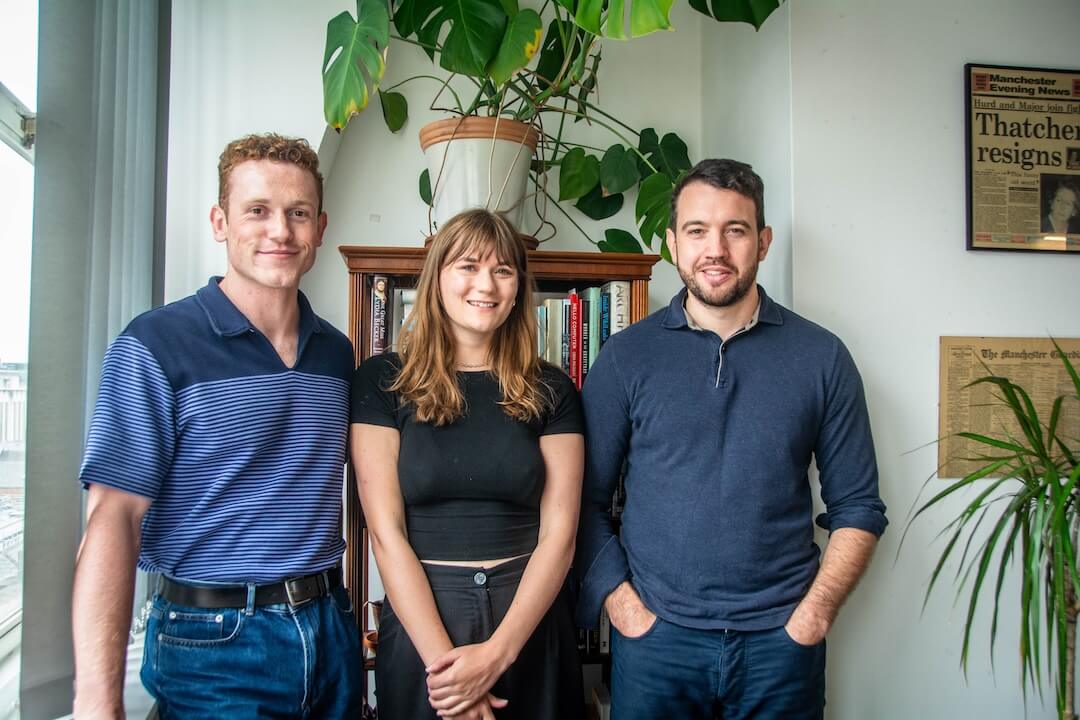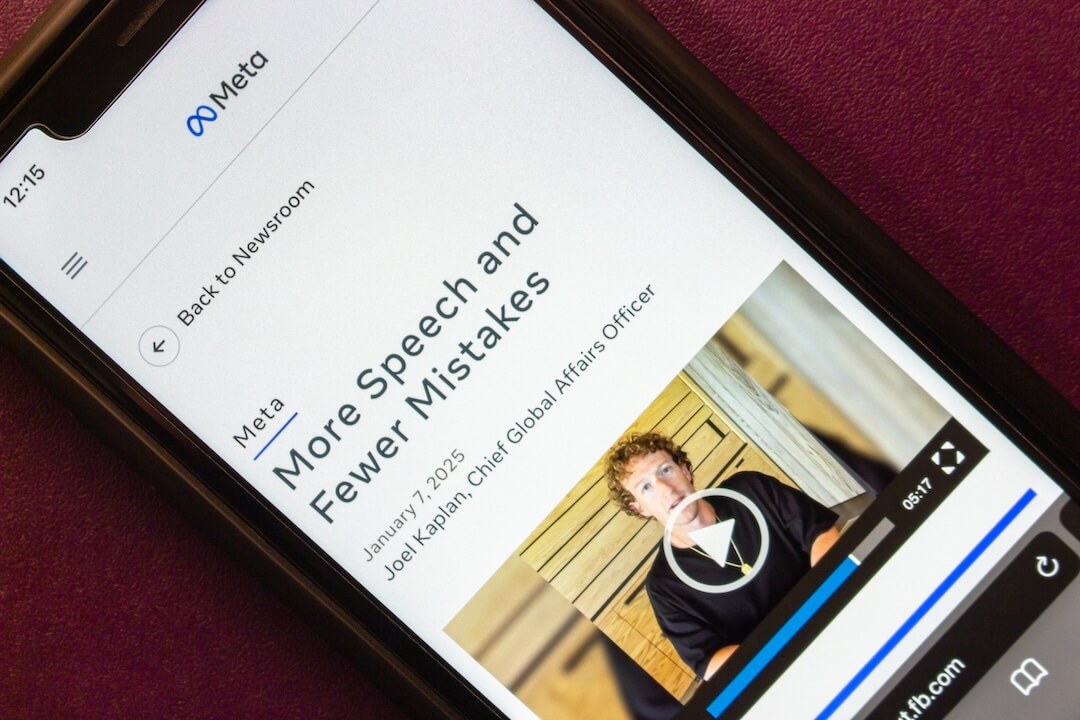Slate | SimsBlog
Reports that AOL will spend $120 million on Patch this year have started a fresh wave of skepticism about the financial viability of Patch, and hyperlocal journalism as a whole.
Earlier this week, Judy Sims noted problems, including that “most local advertisers are high-maintenance clients that are time consuming and expensive to acquire and difficult to retain.” She suggests AOL should focus on building its national sites in specific verticals (which it has been consolidating into 20 “power brands,” with many merging into The Huffington Post). The vertical sites could then include local content on those topics, Sims wrote. “What if you could go on ParentDish, Aol Autos, KitchenDaily or Engaget and drill down from the national level to also see local content, listings and ads?”
Then Jack Shafer wrote for Slate that Patch’s problems may show hyperlocal efforts are a “complete waste of time and resources.” He argues:
“I’m convinced that Web users are more interested in hypercoverage of their interests — sports teams, hobbies, food, vacations, family, games, et al. — than they are of the starving-artists exhibition at the farmer’s market, increasing parking-meter rates, the city budget, local real estate prices, or many of the other topics covered in Patch. Besides being wildly expensive to create, hyperlocal news doesn’t seem to appeal to a broad audience.”
In the comments on his piece, several people defended non-Patch hyperlocal efforts. Batavian publisher Howard Owens said local news is only expensive to publish “if you have a big corporate structure to support and shareholder demands to meet. There are a handful of successful local online ventures that produce a ton of highly engaging, sought after, popular, memorable local news that do it at a fraction of the cost of the corporate entities.”
West Seattle Blog’s Tracy Record said, “For those of us operating independent community news sites, it is a business that is NOT ‘wildly expensive’ to run — Patch makes the classic error of adding the middle-management layer, among other expenses — and it is of great interest.”
Dan Kennedy, a Northeastern University journalism professor, said the problem was not lack of interest in local news, but that you can’t “impose a corporate, cookie-cutter approach in covering local communities.”
EARLIER: Knight News Challenge learns hyperlocal efforts are best when homegrown







Comments